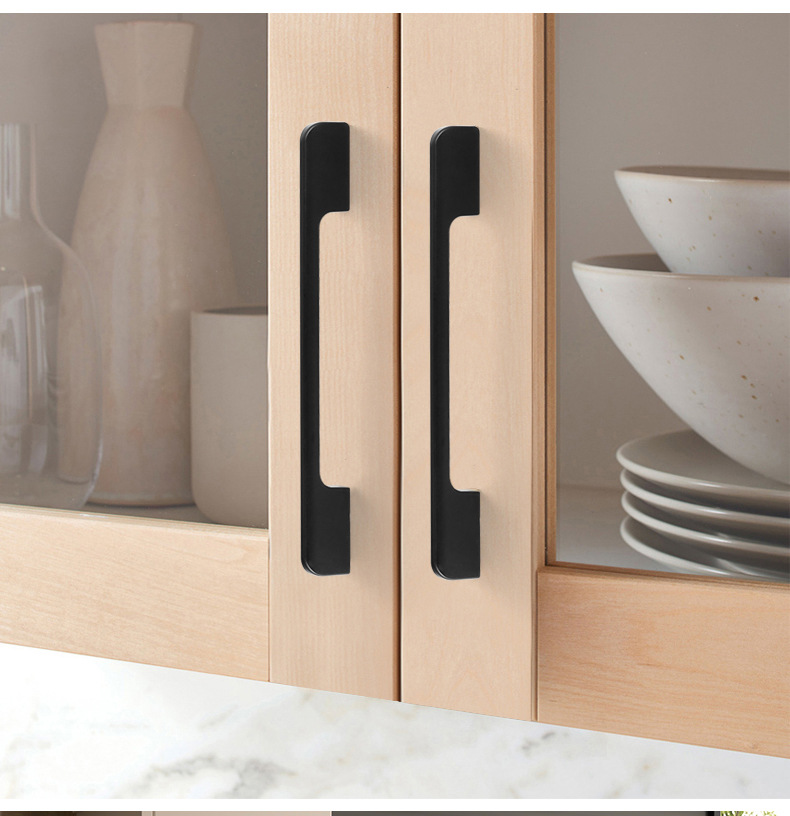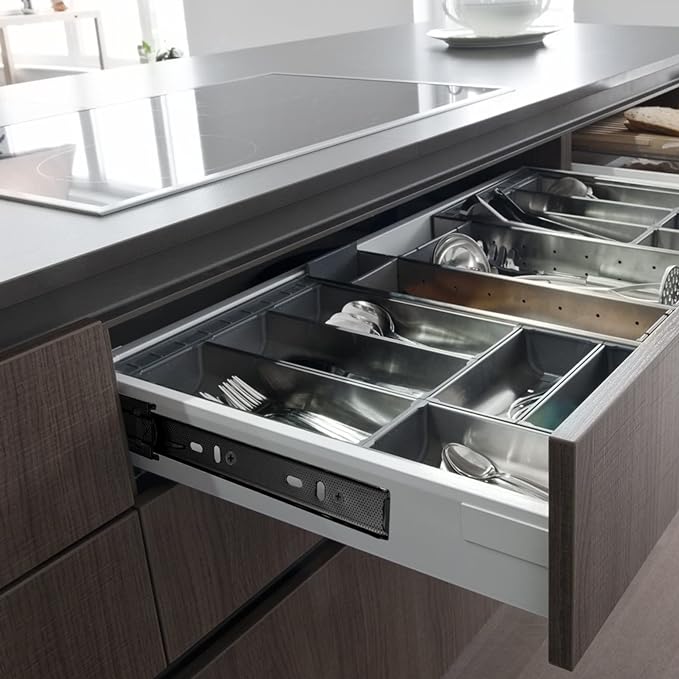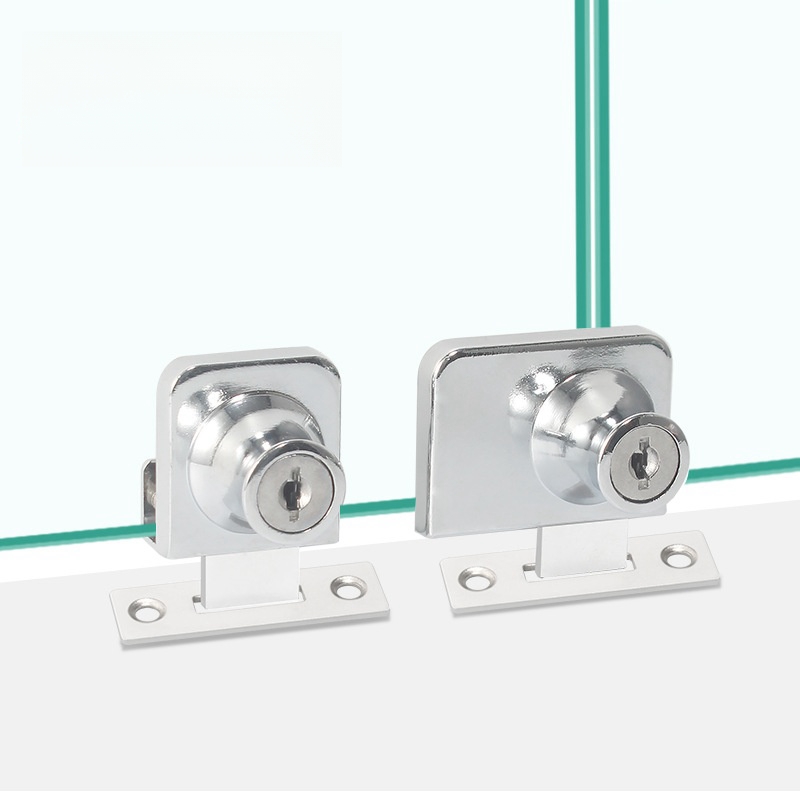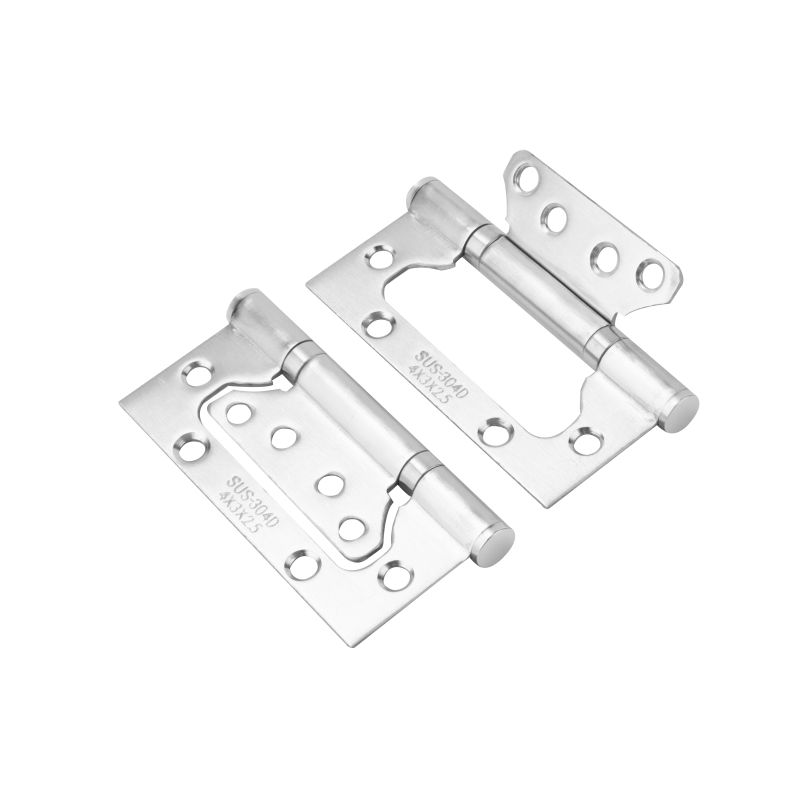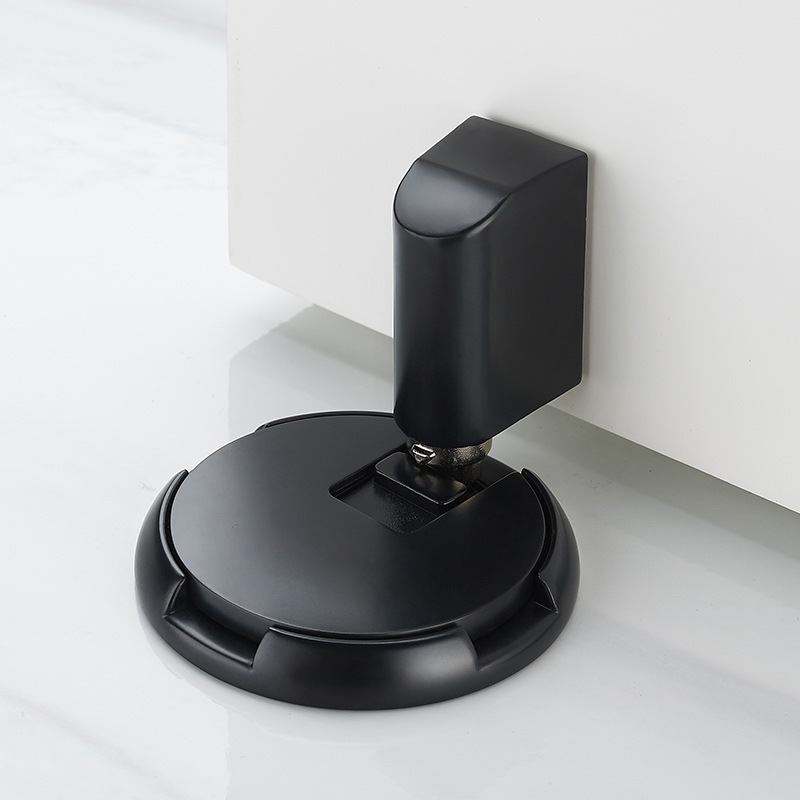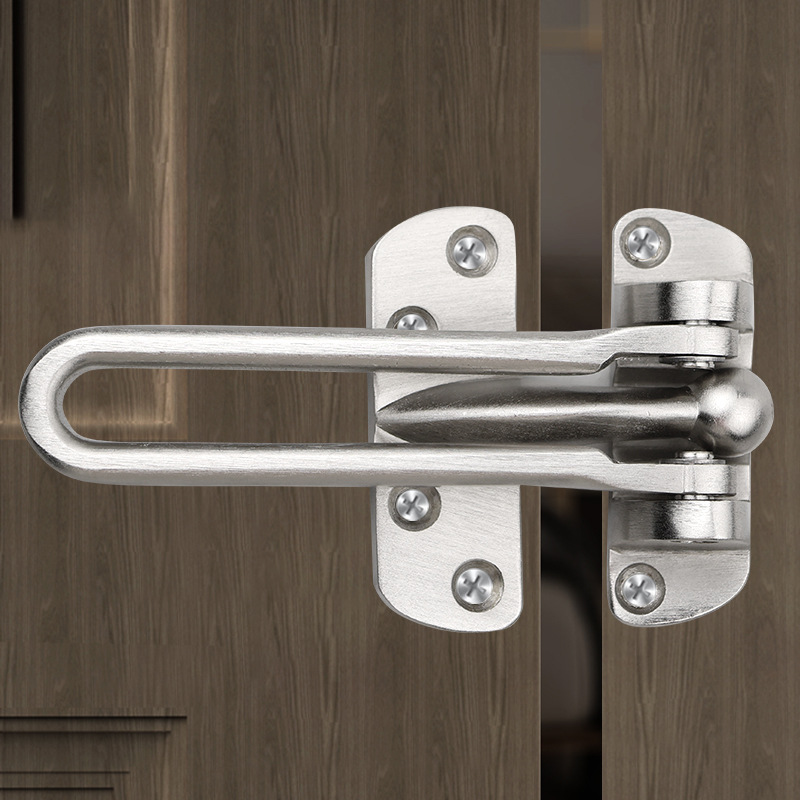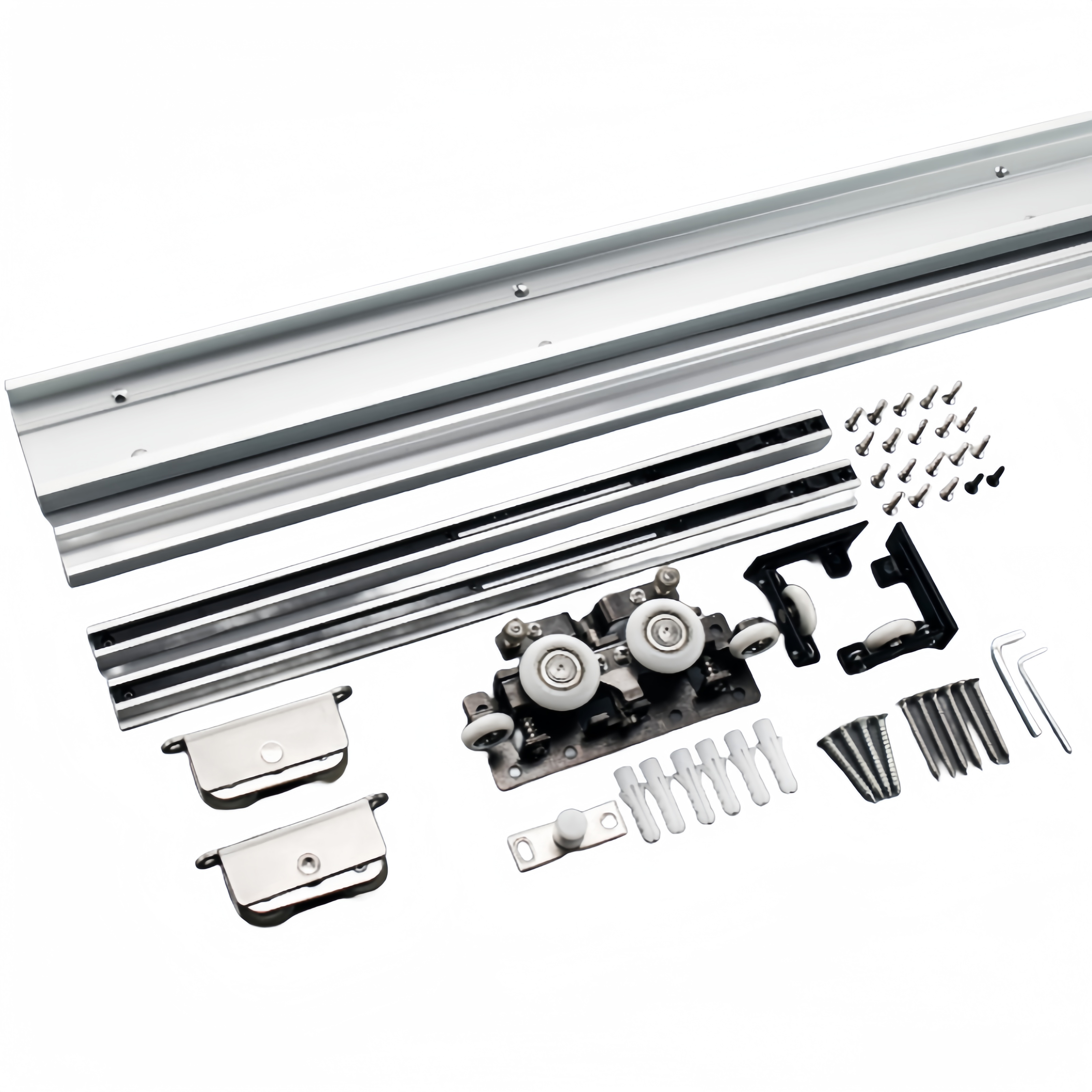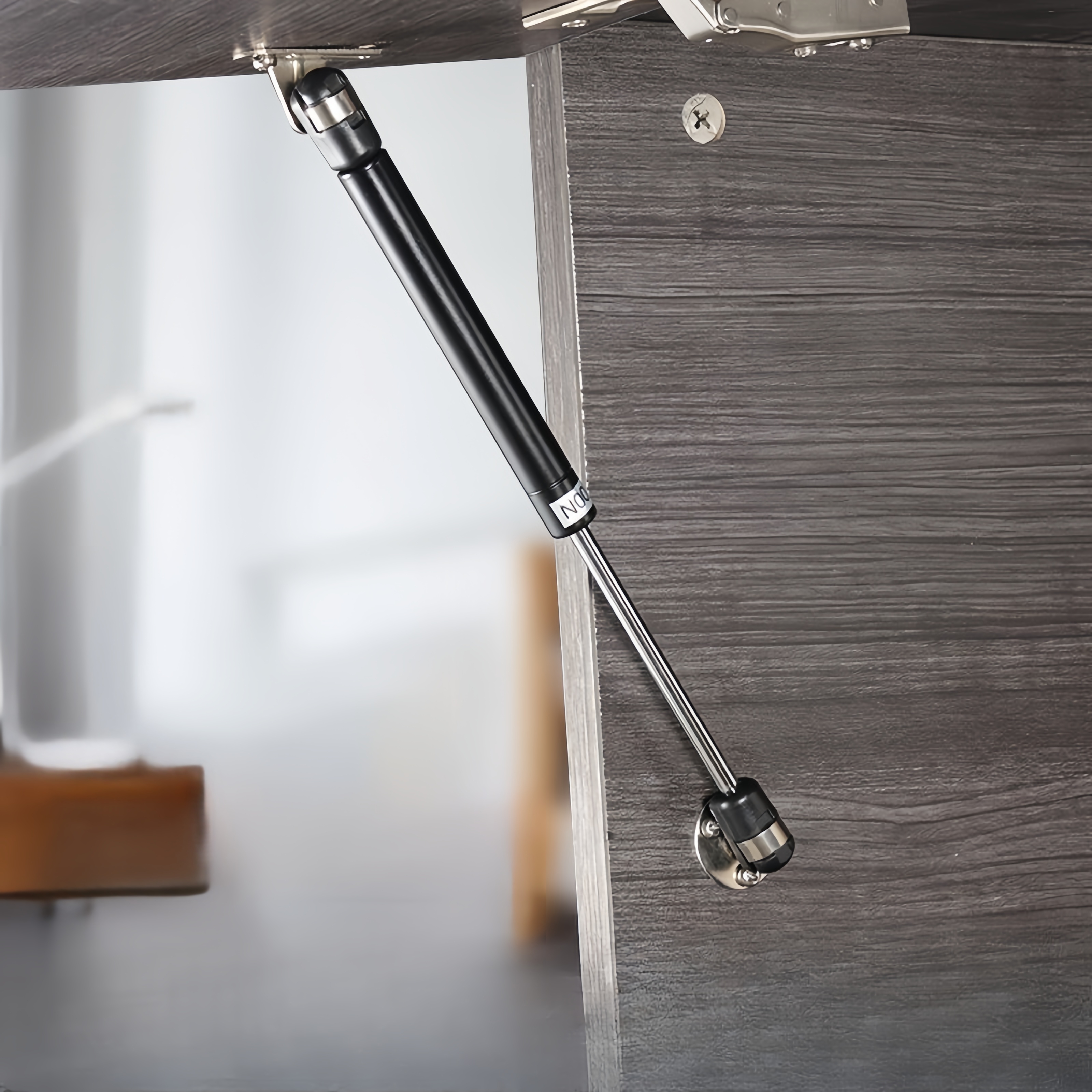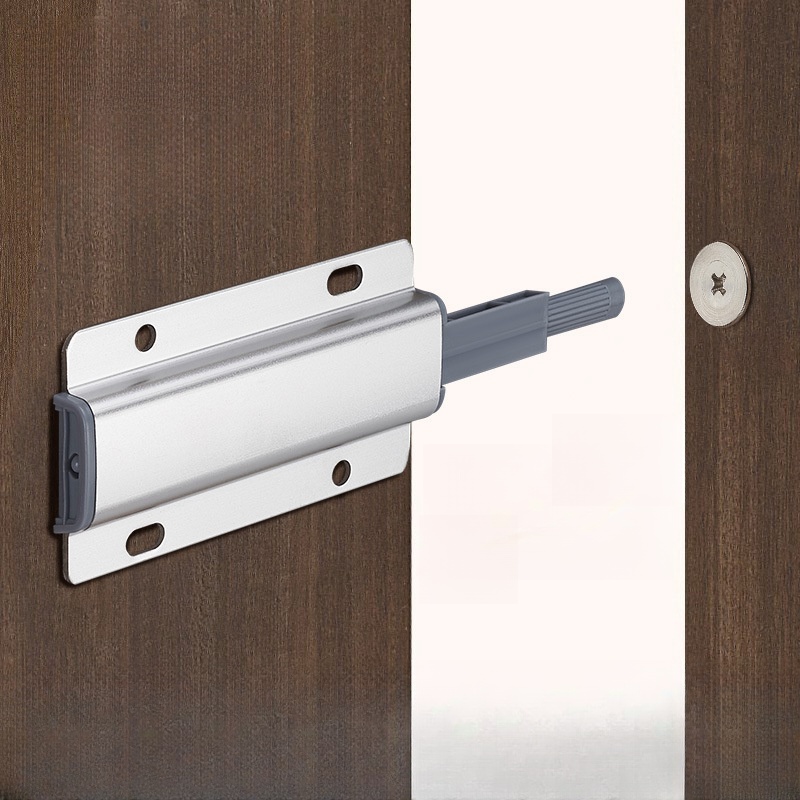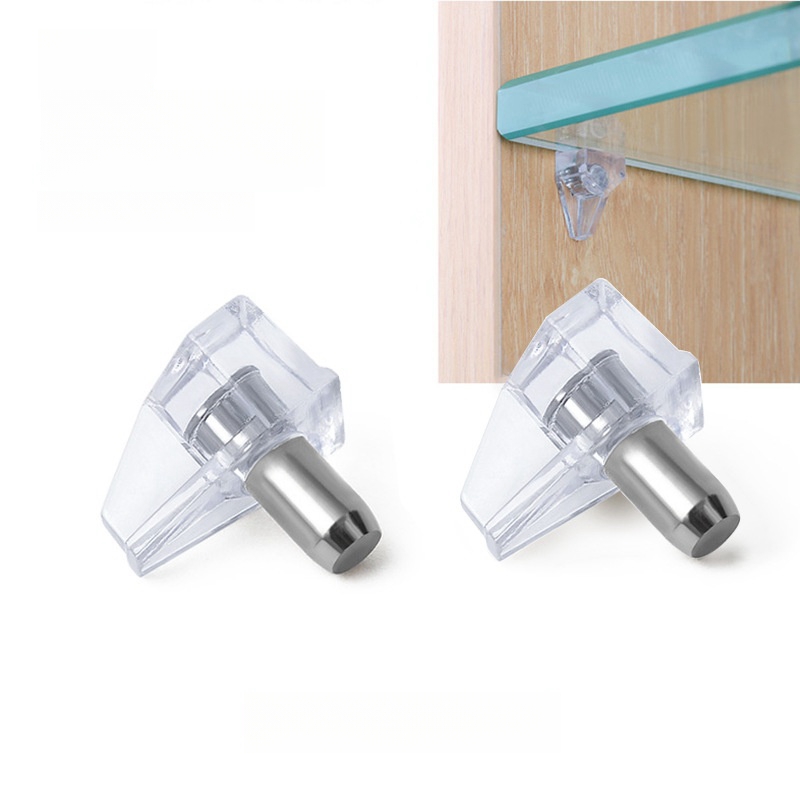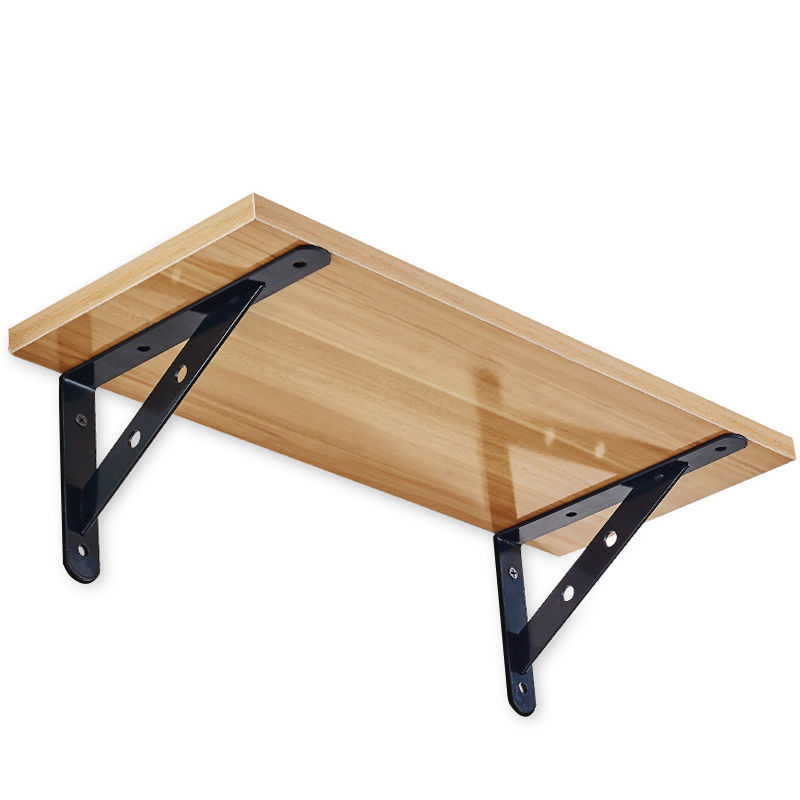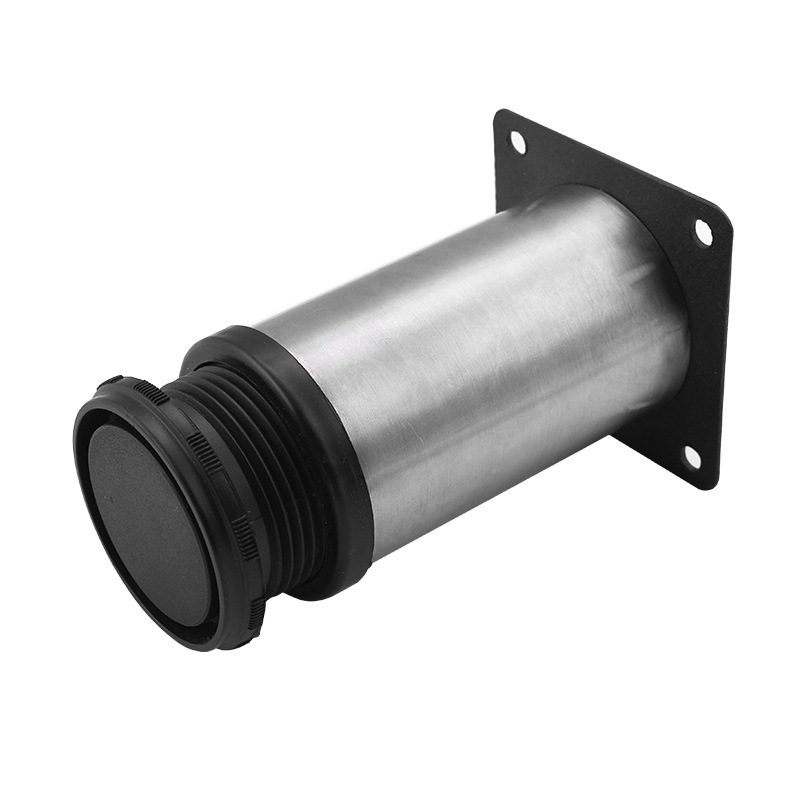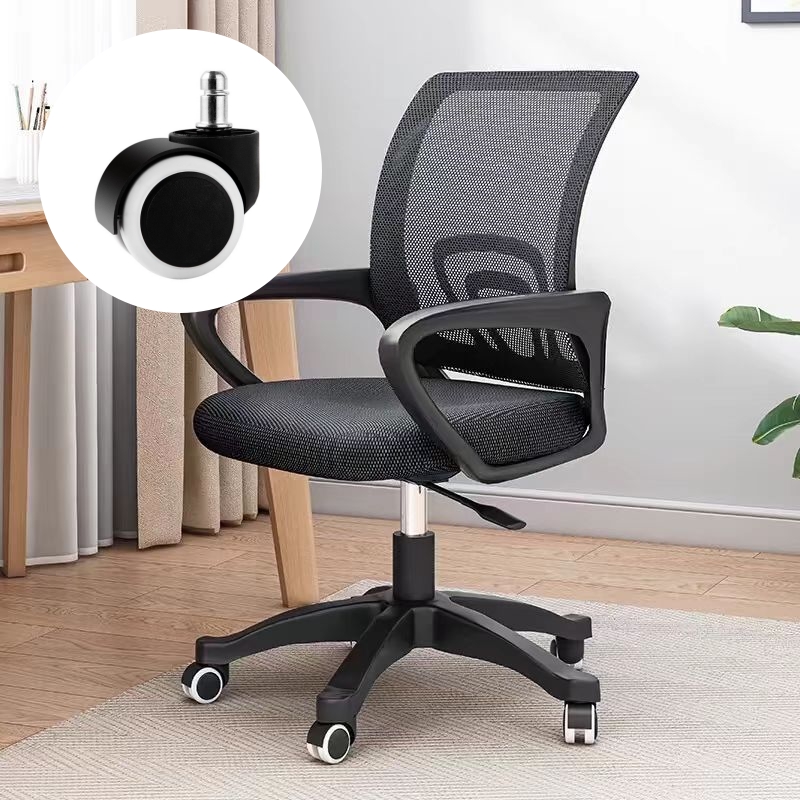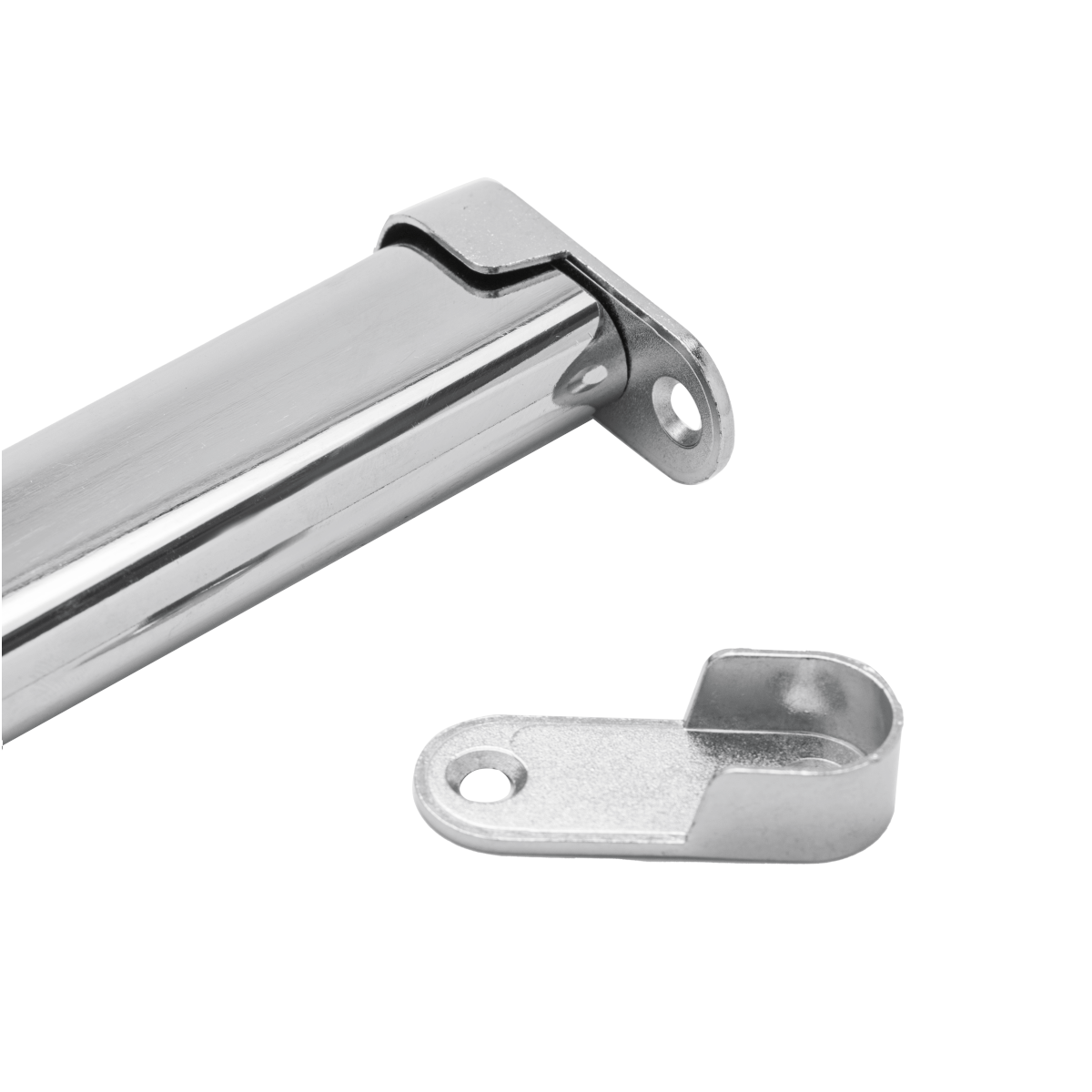
ABOUT
Guangzhou Toplink hardware Co., Ltd specialized in the production and export of furniture hardware fittings, with an experience of more than 14 years.
Our main products are drawer locks, cabinet hinges, sliding rails, cabinet handles, casters, cabinet legs and connecting fittings etc..
With a complete range of products, excellent performance and reasonable prices we have built up business with many customers all over the world.
We are committed to strict quality control and considerate customer service. We sincerely looking forward to becoming your best choice and the most reliable partner!
PRODUCTS
garage door opener hardware parts
The Motor and Drive System
The heart of any garage door opener is its motor, responsible for generating the power needed to lift and lower the heavy garage door. Older openers typically utilize chain-drive systems, where a powerful motor spins a chain that's connected to the garage door through a trolley system. This is a robust and relatively inexpensive design, known for its reliability. However, chain-drive openers can be noisy during operation.
More modern openers often feature belt-drive or direct-drive systems. Belt-drive systems use a reinforced rubber belt instead of a chain, resulting in significantly quieter operation. The belt offers a smoother, more controlled movement, extending the lifespan of the opener and reducing wear and tear on the door itself. Direct-drive systems eliminate the chain or belt altogether, with the motor directly connected to the door's shaft. This offers the quietest operation and superior power, often found in higher-end openers. The choice between these systems often depends on budget, noise tolerance, and desired performance levels.
Regardless of the drive system, the motor’s strength and durability are critical. Factors like horsepower and torque ratings determine the opener's capacity to handle the weight and size of the garage door. It's crucial to choose an opener with sufficient power for your specific door, ensuring safe and reliable operation.
The Trolley and Rail System
The trolley, a wheeled carriage, acts as the intermediary between the motor and the garage door. It's attached to the chain or belt in chain/belt-drive systems and directly to the door in direct-drive systems. The trolley moves along a track or rail system, typically affixed to the ceiling or wall above the garage door. The rail's straightness and structural integrity are critical for the smooth and consistent movement of the trolley. Any bending or damage to the rail can cause binding, noise, and ultimately, failure of the system.
Regular inspection of the trolley and rail system is crucial for preventative maintenance. Check for any signs of wear, damage, or misalignment. Lubricating the trolley wheels and the rail helps to reduce friction and noise, ensuring smooth operation and extending the lifespan of the components. A properly functioning trolley and rail are vital for the safety and efficiency of the garage door opener.
Safety and Security Features
Modern garage door openers incorporate a range of safety and security features designed to protect both people and property. These features are often integrated into the hardware and contribute significantly to the overall functionality. Safety sensors, located near the bottom of the garage door, use infrared beams to detect any obstruction in the door's path. If an obstruction is detected, the door reverses its direction, preventing accidents involving people or objects.
Automatic reversing systems are essential safety features. These systems prevent the garage door from closing on anything that’s in its path. In addition to infrared sensors, some openers incorporate pressure sensors in the door itself, allowing for the door to reverse if excessive force is applied, for instance, if a person or pet is caught underneath. These safety features are critical for mitigating risks and ensuring the safe operation of the garage door.
Security features also play a significant role. Rolling code technology in remote controls prevents unauthorized access by constantly changing the access code. This protects your garage and its contents from theft. Some openers also offer keypad entry, providing an alternative to remote controls, and others can integrate with smart home systems, offering remote access and control through a smartphone or other smart device.
Limit Switches and Sensors
Limit switches are crucial components that determine the opening and closing limits of the garage door. These switches are often adjustable, allowing you to fine-tune the position of the door when it's fully open or fully closed. Properly adjusted limit switches ensure that the door doesn't travel too far in either direction, preventing damage to the door, opener, or surrounding structures.
Various sensors, beyond the safety sensors mentioned earlier, contribute to the overall performance and safety of the system. These sensors might monitor the door's position, the motor's temperature, or the force required to operate the door. The data from these sensors is used to optimize operation, identify potential issues, and prevent damage or malfunctions. For instance, a temperature sensor might help prevent overheating of the motor during prolonged use, while a force sensor might alert you to issues with the door's balance or track alignment.
Remote Controls and Keypads
Remote controls provide the primary means of controlling the garage door opener from a distance. These hand-held devices transmit radio signals to the opener, initiating the opening or closing process. Modern remotes often utilize rolling code technology to enhance security. This means the code changes with each use, making it extremely difficult for unauthorized individuals to replicate the signal and gain access to the garage.
Keypads offer an alternative method of controlling the garage door opener without the need for a remote. These keypads are typically mounted on the exterior of the garage, allowing entry via a programmed code. They provide added security and convenience, especially in cases where remote controls are lost or misplaced. The keypad’s functionality and security features are also crucial to consider when selecting a garage door opener.
Understanding the various hardware components of a garage door opener is essential for maintaining its safe and efficient operation. Regular inspection, proper lubrication, and timely repairs can significantly extend the lifespan of the opener and prevent costly breakdowns. Choosing the right opener for your specific needs, considering factors like motor type, safety features, and security options, is also a crucial step in ensuring long-term reliability and peace of mind.SUBSCRIBE
INQUIRY
